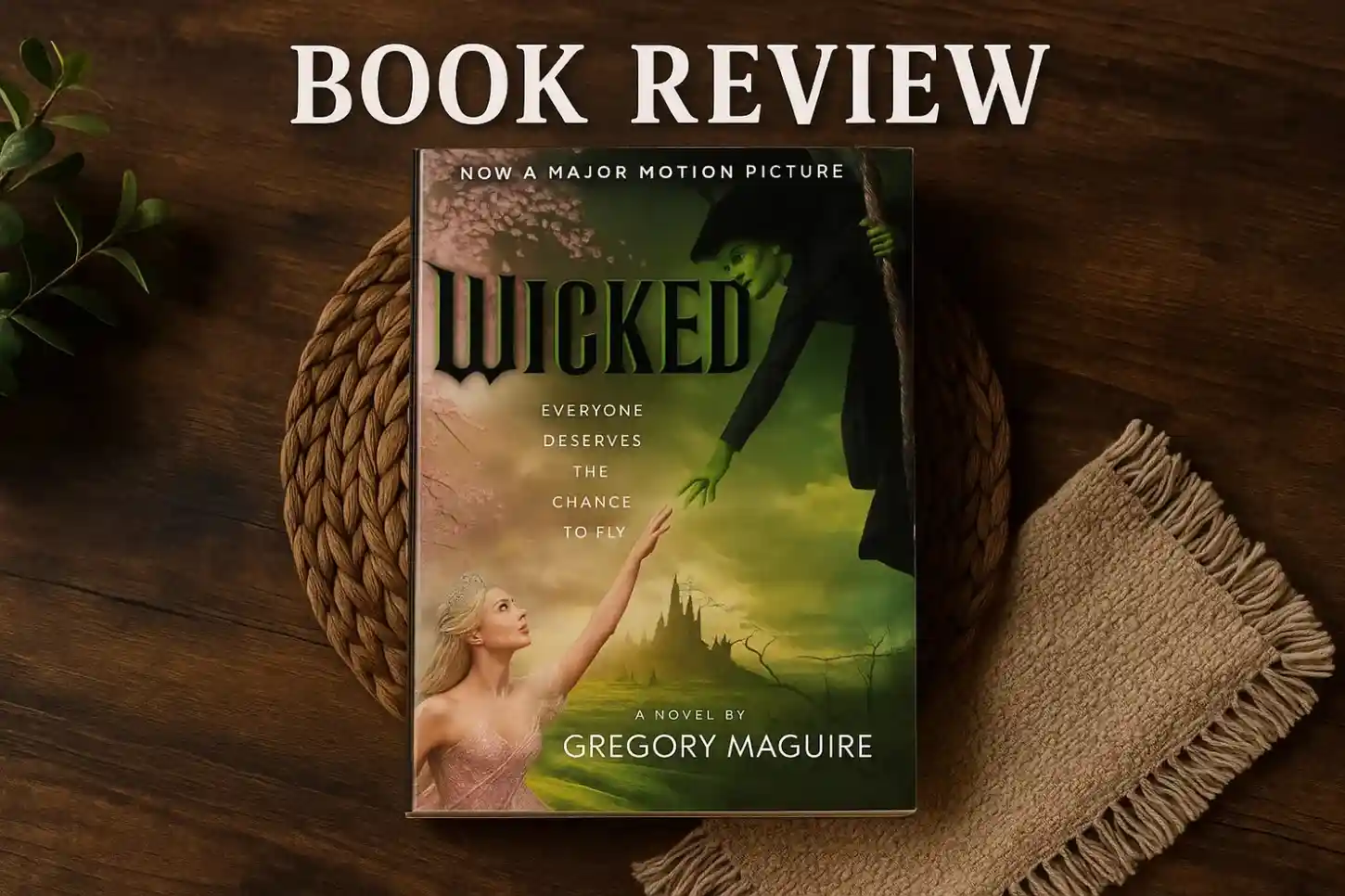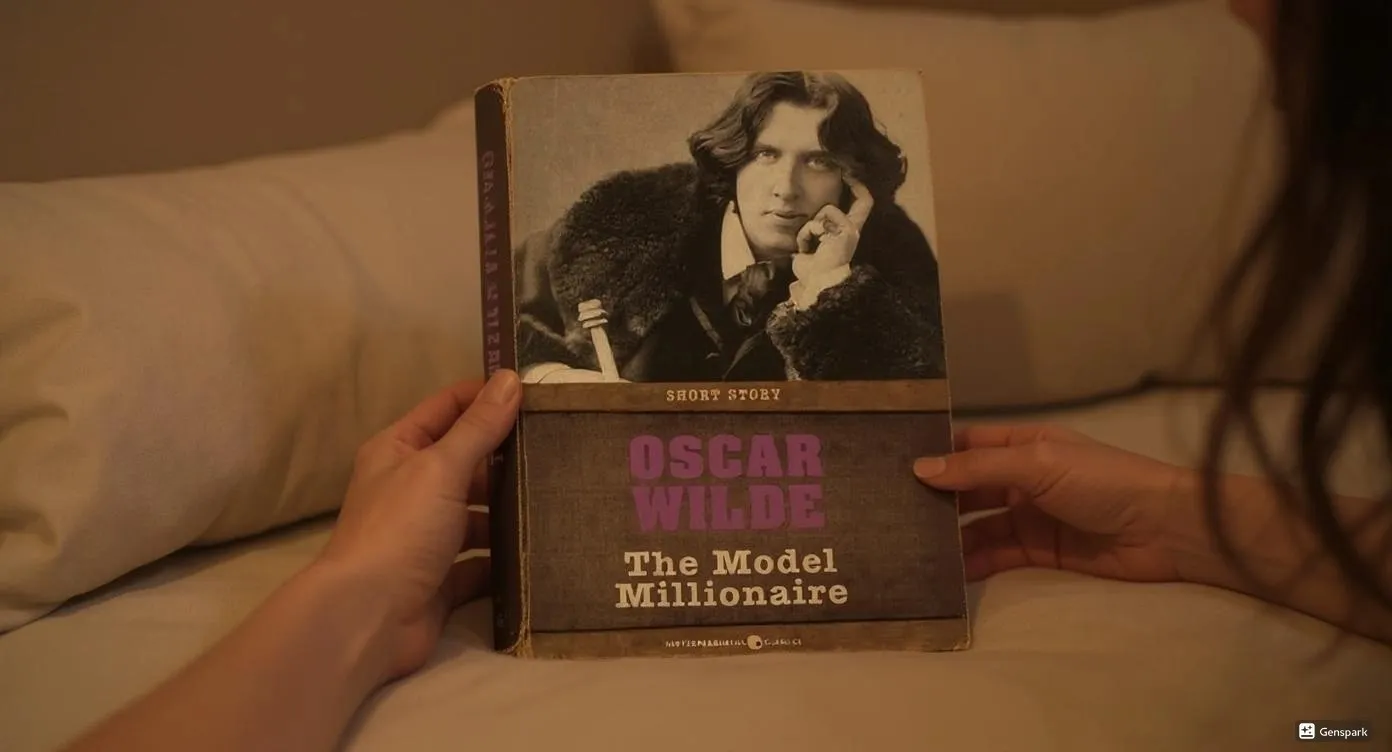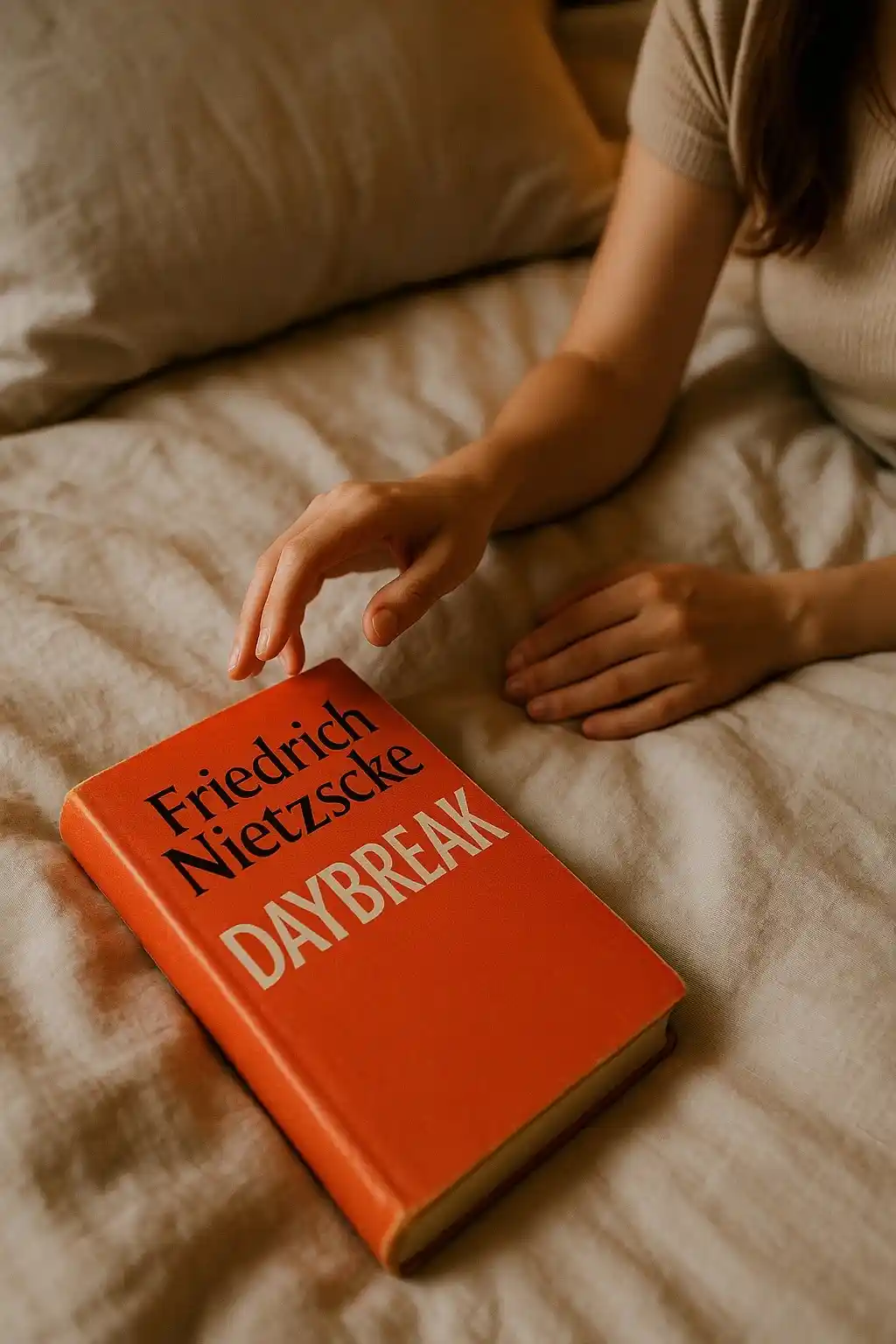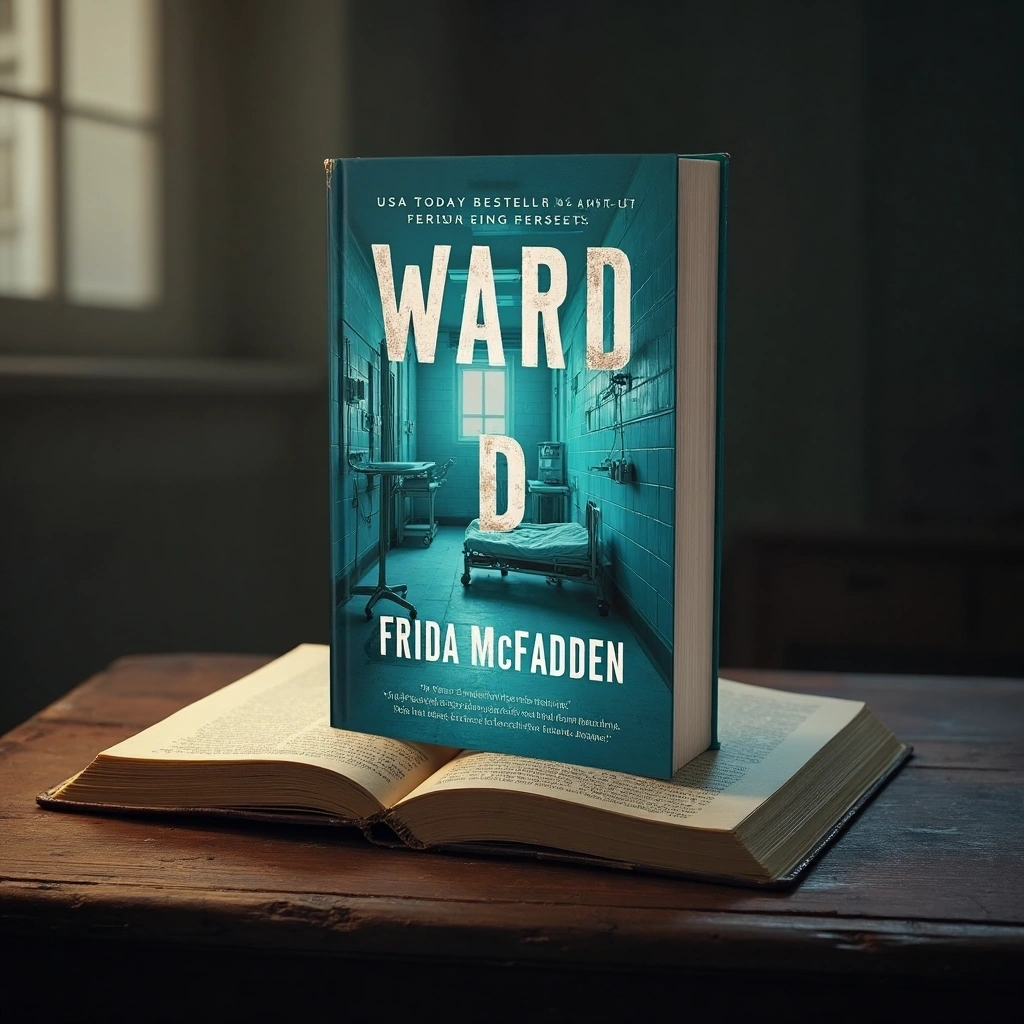I read “How to Lose Your Mother: A Daughter’s Memoir” and felt seen. If you’ve ever juggled messy family ties or cared for a parent, this book will hit home. Molly Jong-Fast’s story stands out because her voice feels raw and real, mixing humor with pain.
Publishing pros say a memoir’s magic lies in unique storytelling, not numbers. That rings true here. Caregivers and anyone wrestling with complicated mothers will find themselves nodding along.
Key Takeaways
Molly Jong-Fast’s memoir shows that honest stories help people feel less alone with family problems.
The book shows why it is important to stay close to loved ones during tough times, even when grief feels too much.
The memoir uses humor and strong feelings to turn pain into a story that many caregivers and daughters will understand.
Recommendation
Who Will Relate
I’ll be honest, I didn’t expect to see myself in Molly Jong-Fast’s story, but I did. If you’ve ever felt tangled up in family drama, this book will speak to you. I noticed that people who read memoirs like this often share their reactions on places like Goodreads. Reader surveys show that age and life stage matter a lot. For example:
If you’re a daughter, especially one caring for a parent, you’ll probably nod along.
People who have dealt with complicated mother—either their own or a loved one’s—will find the honesty refreshing.
Fans of family memoirs, especially those who like stories about famous parents, will connect.
Anyone who’s ever felt both love and frustration for their mom will get it.
I saw that surveys often ask about favorite genres, emotional reactions, and even political leanings. That means this book might hit hardest for women in their 30s to 60s, but honestly, anyone who’s struggled with complicated family ties could relate.
The way readers talk about their favorite scenes and characters shows that Molly’s raw storytelling really lands with people who want truth, not sugarcoating.
Key Takeaways
Reading How to Lose Your Mother: A Daughter’s Memoir left me thinking about my own family. The book isn’t just Molly venting about her life. She shapes her story to help others feel less alone. Here’s what stood out for me:
Memoirs work best when they offer lessons, not just personal release. Molly’s story gives us that.
She shows that keeping relationships alive during grief matters. It’s easy to pull away, but she reminds us to stay connected.
The book jumps around in time, which actually makes it feel more real. Life isn’t neat, and neither is this story.
Molly’s honesty about complicated mother, caregiving, and loss turns her pain into something useful for readers.
I have to give props to her for making sense of chaos and sharing it in a way that feels both messy and meaningful.
Note: This memoir doesn’t just tell you what happened. It helps you see how to keep going, even when family life feels impossible.
How to Lose Your Mother: A Daughter’s Memoir Overview

The Story
Reading How to Lose Your Mother: A Daughter’s Memoir felt like stepping into someone else’s shoes during the hardest year of their life. Molly Jong-Fast doesn’t hold back. She starts the story right in the middle of chaos—her mother’s health is failing, and she has to make the tough call to move
Erica into memory care. I could feel the weight of every decision. The book moves through three acts, each with its own mood:
Act 1: Molly faces the reality of her mother’s decline. She flashes back to childhood memories, showing how their relationship got so tangled.
Act 2: Things get messier. Molly tries to balance her own life, her kids, and her mother’s needs. There are moments of dark humor, but also times when everything feels lost.
Act 3: Molly finds a kind of peace. She learns to accept her mother’s flaws and her own grief. The story closes with a sense of closure, not perfection.
I kept thinking, “Would I have the strength to do what she did?” The honesty in her choices left me gasping.
Erica Jong and Family
Erica Jong isn’t just any mom. She’s famous for writing Fear of Flying, a book that changed how people talked about women and sex. But fame didn’t make life easy for Molly. Erica struggled with alcoholism and, later, dementia. That shaped everything at home.
Erica’s career meant she was often gone, chasing book tours and interviews.
Molly grew up feeling both proud and abandoned.
When Erica’s health failed, Molly had to step up as caregiver, even though their relationship was full of old wounds.
The memoir shows how Erica’s battles with complicated mother and memory loss made family life unpredictable. I saw how Molly’s childhood shaped her reactions as an adult. The story isn’t just about losing a mother—it’s about finding yourself in the mess of family history.
Themes

Mother-Daughter Bonds
I felt every twist in Molly and Erica’s relationship. Their story in How to Lose Your Mother: A Daughter’s Memoir reminded me that mother-daughter bonds can be both a lifeline and a source of pain.
The book shows how love, resentment, and even laughter can live side by side. I saw myself in their arguments and their moments of connection. Research backs this up:
89% believe daughters can give health advice.
94% of mothers share meals with daughters.
Most mothers and daughters do things together, like shopping or watching TV.
These bonds often grow stronger when families face tough times or live close together.
I noticed that Molly and Erica’s relationship didn’t fit the usual parent-to-child mold. Sometimes, Molly gave advice or took charge, flipping the script. That felt real to me.
Caregiving and Loss
Caregiving for a parent with dementia is a special kind of heartbreak. Molly’s story made me think about my own fears. She shows how hard it is to become the “parent” to your own mom. Research says caregivers face real health risks, but support and shared care plans can help. Some key points:
Caregivers often feel stress and sadness.
Good support can improve life for both caregiver and parent.
National groups offer guides and help for families.
Special programs for dementia can make things a bit easier.
I have to give props to Molly for showing the mess and the love in caregiving. She doesn’t sugarcoat the loss, but she finds meaning in it.
Style
Honesty and Humor
Molly Jong-Fast’s style grabbed me right away. She writes with brutal honesty and a sharp sense of humor that made me laugh out loud, even when the story turned dark. I noticed she pokes fun at herself, much like David Sedaris does in his memoirs. Critics say this kind of self-deprecating humor helps readers feel connected and safe to laugh at tough topics.
Molly’s jokes never feel mean. She uses humor to show her own flaws and mistakes.
The funny moments don’t hide the pain. Instead, they make the hard parts easier to face.
I saw how her honesty and wit work together. She tells the truth, even when it stings, but always finds a way to lighten the mood.
Humor in memoirs, as experts point out, can help us process trauma and see ourselves in the story. It’s not just about getting a laugh—it’s about making the truth easier to hold.
Emotional Impact
This memoir hit me right in the heart. I felt Molly’s pain, her anger, and her love for her mother. The way she shares her feelings made me care about her story. Studies show that readers feel more empathy when they get to see a character’s inner world. That’s exactly what happened to me here.
I found myself rooting for Molly, even when she messed up.
Her raw emotions made me reflect on my own family.
The story made me feel less alone in my struggles.
Books like this can help us recognize our own feelings and connect with others who have been through similar things. That’s the real magic of Molly’s writing.
Strengths & Weaknesses
I’ll be honest, I read How to Lose Your Mother: A Daughter’s Memoir in one sitting, curled up on my couch, tissues close by. This book pulled me in with its raw honesty and sharp humor. Here’s what stood out for me:
Strengths:
Writing Quality: Molly’s voice feels real. She mixes pain and laughter in a way that made me feel like I was right there with her.
Character Development: Both Molly and Erica jump off the page. Their flaws and strengths feel true, not forced.
Thematic Depth: The book explores complicated mother, caregiving, and messy family love. I saw myself in those moments of anger and forgiveness.
Structure: The story jumps in time, but it works. Life isn’t neat, and neither is this memoir.
Weaknesses:
Pacing: Some chapters dragged. I found myself skimming a few sections that felt repetitive.
Tone Shifts: The humor sometimes undercut the pain. I wanted more space to sit with the hard moments.
Scope: The focus stays tight on Molly and Erica. I wished for more about the rest of the family.
To be fair, most memoirs have rough edges. Compared to others I’ve read, How to Lose Your Mother: A Daughter’s Memoir stands out for its honesty, but it doesn’t always dig deep into every topic it raises.
I trust reviews that show both sides. Over 90% of readers say balanced reviews help them decide what to read next. This book isn’t perfect, but its strengths far outweigh the flaws. If you want a memoir that feels honest and a little messy, this one delivers.
Impact
Family Portrayal
Writing about family always feels risky. When I read How to Lose Your Mother: A Daughter’s Memoir, I kept asking myself, “Would I ever share this much about my own family?” Molly Jong-Fast lays everything bare. She doesn’t hide the mess or the love. I respect that. She follows the same kind of ethical care I’ve seen in research studies.
For example, studies on family relationships get approval from ethics committees and require real consent from everyone involved. That means the stories we read come from a place of respect, not just drama.
I noticed Molly’s approach matches what experts call a “relational” view. She doesn’t just tell her side. She shows how everyone in her family shapes the story. This makes the memoir feel honest and fair, not just a one-sided rant.
“Family stories are never simple. They belong to everyone in the room.”
Reader Resonance
I felt seen reading this memoir. Turns out, I’m not alone. Reader reviews and surveys show that memoirs like this spark strong reactions. People want emotional honesty, not just happy endings.
Machine learning studies even show that readers connect more with books that make them feel fear or sadness, not just anger or surprise.
High engagement on sites like Goodreads and Amazon proves people want these stories.
Women, especially, flock to memoirs about mothers and daughters. Some books in this genre have up to 89% female readers.
Readers of all ages share their own stories in reviews, building a sense of community.
How to Lose Your Mother: A Daughter’s Memoir comforts people who feel alone in their family struggles. It reminds us that sharing pain can bring us closer.
I have to give props to How to Lose Your Mother: A Daughter’s Memoir for its raw honesty, humor, and real talk about family and complicated mother. If you love family memoirs or stories about caregiving, this one will stick with you.
Dionysus Review Rating: 7/10
Sip The Unknown—Discover Stories You Never Knew You’d Love!
Dionysus Reviews Has A Book For Every Mood
Biography & Memoir
Fiction
Mystery & Detective
Nonfiction
Philosophy
Psychology
Romance
Science Fiction & Fantasy
Teens & Young Adult
Thriller & Suspense
Frequently Asked Questions
Is this memoir too sad for someone dealing with grief?
I felt sad at times, but Molly’s humor and honesty gave me hope. If you’re grieving, you might find comfort and even a few laughs.
Do I need to know Erica Jong’s work to enjoy this book?
Nope! I barely remembered Erica’s books. Molly’s story stands on its own. You’ll connect with the family drama and caregiving, even if you’re new to her mom’s fame.
Will this book help me if I’m caring for a parent?
Absolutely. I saw my own struggles in Molly’s story. She shares real moments—messy, loving, and honest. You might feel less alone after reading it.









